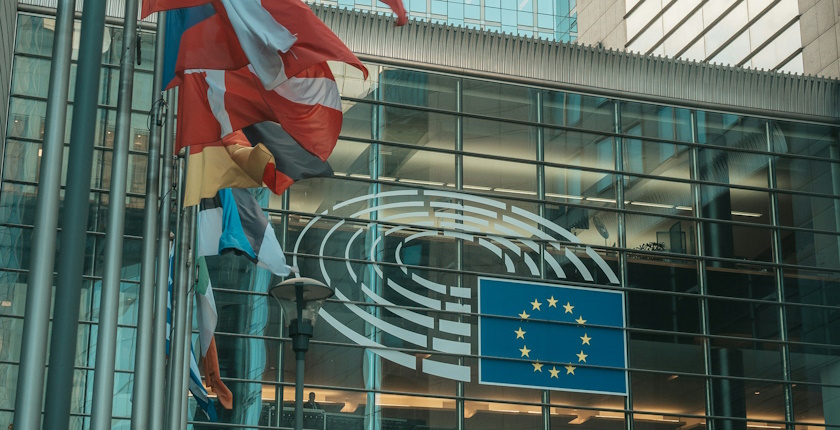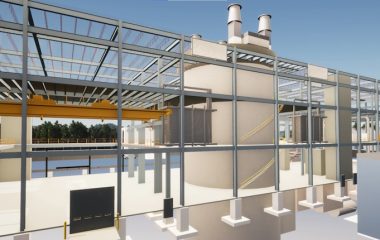
Photo: Eduard Delputte on Unsplash
The Net Zero Industry Act, NZIA, will be aimed at enabling EU manufacturing capacity for net zero technologies to reach at least 40% of demand by 2030 and capture 15% of the global market.
The European Parliament and the Council of the European Union reached a provisional deal on the Net Zero Industry Act (NZIA). Both institutions now need to officially and separately adopt it before it becomes law. The legislation is a response to massive subsidies for decarbonization in the United States through the Inflation Reduction Act, which is almost a year and a half old already, and to China’s dominance worldwide and in Europe in a range of sectors.
The agreement paves the way for reducing the administrative burden and simplifying permitting for net zero technologies. As a central part of the Green Deal Industrial Plan, the act is aimed at ensuring the EU is well equipped for the clean energy transition by establishing a benchmark for EU manufacturing capacity for net zero technologies to reach at least 40% of expected EU demand by 2030.
Single list of technologies
Another goal is to capture 15% of the global market value in the sector, the European Parliament said. The co-legislators agreed there would be a single list of net zero technologies, with criteria for selecting strategic decarbonization projects.
Steel, chemicals and cement industries are eligible for strategic projects
The idea is to facilitate access to markets for products that meet European sustainability and resilience criteria and are helping diversify from overconcentrated supply sources. The act will also ensure that the necessary skilled workforce is available to support the race to cut net emissions to zero, the European Commission said in a statement commending the agreement.
The broad set of technologies that can be supported via strategic projects includes solar and onshore and offshore wind power, fuel cells, electrolyzers, batteries, grids, heat pumps and sustainable alternative fuels. Energy-intensive industries such as steel, chemicals and cement that produce components that are used in net zero technologies and invest in decarbonization can also be supported as strategic projects.
Member states to have autonomy in choosing types of strategic projects
Given that member states have the right to choose between different energy sources, they will not be obliged to recognize as strategic projects the ones related to a technology that is not accepted as part of their energy mix, according to the Council of the EU.
The time limit for delivering a permit for constructing or expanding large net zero technology manufacturing projects (more than 1 GW), as well as those not measured in gigawatts, would be 18 months. For smaller projects, it is 12 months. Shorter deadlines would be set for strategic projects.
EU to adopt 2030 carbon storage target of 50 million tons
The deal introduces the concept of net zero acceleration valleys, which member states can set up to facilitate the creation of clusters of net zero industrial activity and further streamline administrative procedures. They would be territories that concentrate several companies involved with a certain technology.
European lawmakers and governments intend to formalize the objective to reach an annual 50 million tons of injection capacity in domestic geological carbon dioxide storage sites by 2030. EU oil and gas producers are envisaged to participate.
The compromise reached requires public authorities to consider sustainability, social sustainability, resilience and cybersecurity criteria and timely delivery in procurement and renewables auctions.
Background
European Commission President Ursula von der Leyen unveiled the Net Zero Industry Act initiative as a part of the Green Deal Industrial Plan, which was presented one year ago. The 27-member bloc’s executive presented the proposal in March.
It was put forward parallel to the Critical Raw Materials Act (CRMA), which aims to secure a sustainable and competitive critical raw materials value chain in Europe. The European Parliament and the Council of the EU reached a political agreement on the CRMA on November 13.


















Be the first one to comment on this article.